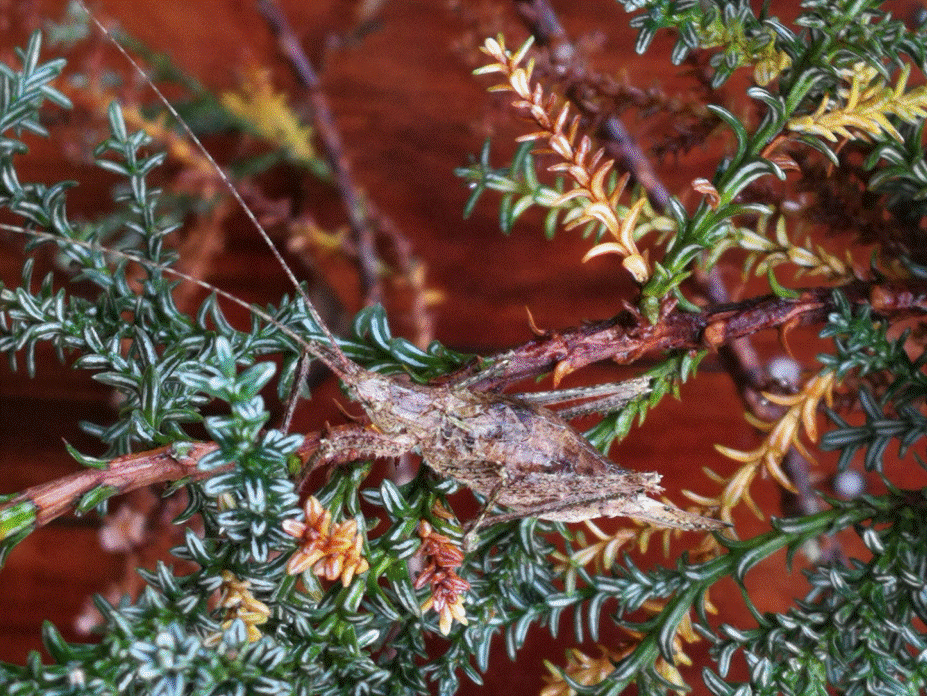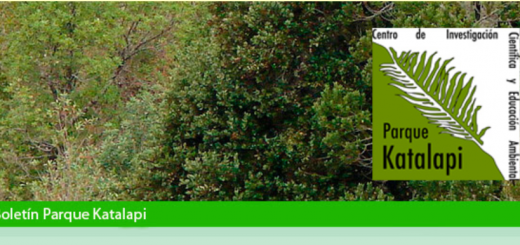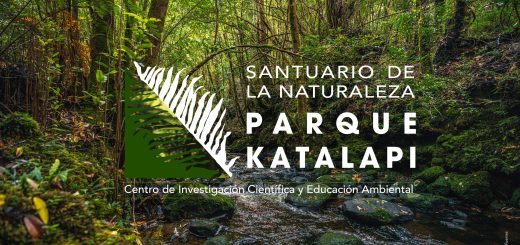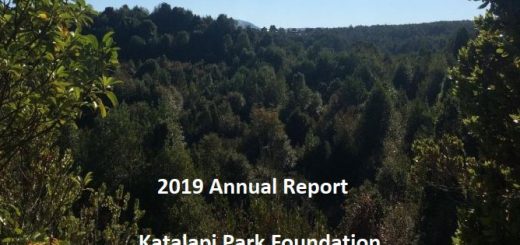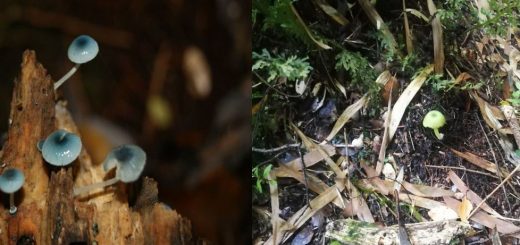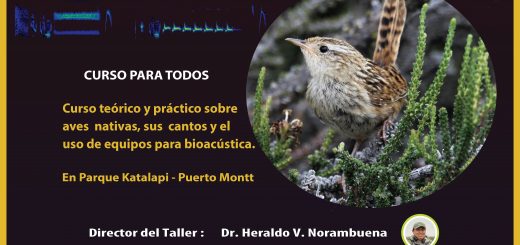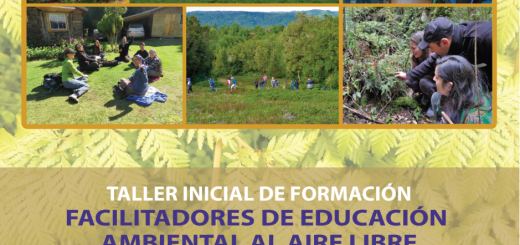A forest lucust found on alerce trees in Katalapi
An interesting insect was found recently in Katalapi Park by a student of Agronomy at the Catholic University, in work practice at the park this summer. Amongst the Alerces planted some 20 years ago, Tomás Hokley found a beautiful “locust of the forest” (Tropidostethus angusticollis).
This curious insect is from the Order Orthoptera, which in Greek means “stiff wings”, although this species doesn’t have visible wings. Its distribution is restricted mainly to the south-central part of Argentina and in Chile, from Valparaíso to the Araucanía region — quite a bit further north than Katalapi Park. According to the field guide “Insectos Típicos del Bosque Valdiviano” by Ricardo Figueroa y Soraya Corales, the forest locust (a type of locust, but not destructive) is active all year round, day and night. Its role in forest ecology is still not clear, but it is thought that adult insects may form part of the diet of certain rodents and birds. This kind of surprise discovery in the midst of the forest often enriches school visits to Katalapi park. As the scientists cited in the field guide say “Children are born entomologists, until they learn not to be” (Kawahara & Pyle in Figueroa RA and Corales ES 2018).

